This article looks at hydration and fuelling strategies with specific reference to the length of the exercise session and the environmental conditions you’re performing in. Please make sure you read our Performance Nutrition article from this series before you read this piece so you can fully make sense of the topic.
Low Intensity Short Duration Exercise Sessions: If your exercise session is going to be short and at a low exercise intensity, it’s reasonable for us to suggest that you won’t need to use any form of specialist Performance Nutrition as perspiration and calorie-burn rates are likely to be low. In most cases, simply hydrating gently with water and ‘drinking to thirst’ will suffice. In particularly warm conditions however, perspiration rates can be a lot higher for any given exercise intensity, so even though there may not be a need to take onboard extra calories, you will benefit from consuming a low energy hydration drink containing electrolytes. Electrolytes are salts which help to maintain fluid balance within the body and in extreme cases, over-consumption of plain water without accompanying electrolytes can lead to a dangerous condition called water intoxication. Don’t panic, moderate water consumption is fine, especially if you’re eating foods at mealtimes which are quite salty, but you will feel a whole lot better and your recovery will be quicker if you replace larger amounts of fluid loss with a well formulated hydration drink. At TORQ, we have a product called TORQ Hypotonic which is perfect for these scenarios and we will cover it in more detail a little later in this article.
High Intensity Short Duration Exercise Sessions: If your exercise session is short, intense and performed in a warmer environment, perspiration rates are clearly going to be high, so consuming a liquid product whilst exercising that replaces these fluids as quickly and efficiently as possible makes sense.
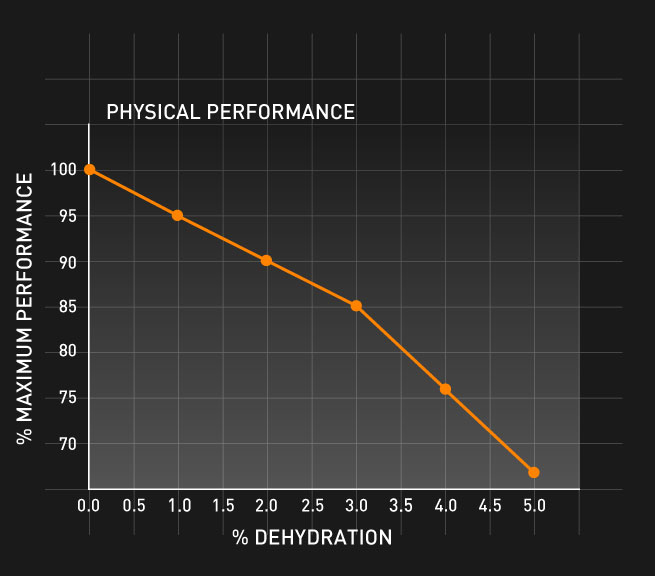
The diagram above gives an indication of how human physical performance is affected by dehydration and it clearly addresses the benefits of keeping hydrated. Performance aside, also consider the impact poor hydration will have on the rest of your day – do you really want to be feeling sleepy and drinking continuously for hours after your exercise session simply because you didn’t stay on top of it during your workout? You’ll have heard it before, but we’ll say it again, prevention is always better than cure.

Plain water is a particularly slow hydrator and doesn’t contain any electrolytes (the salts lost through perspiration), so won’t do a very good job at all during these high intensity indoor sessions. You may have noticed when using plain water in the past during exercise – you swallow it and it sits in your stomach – and then it sits in your stomach for a bit longer – and then a bit longer. This bloating feeling means that the water isn’t draining into your small intestine where it is absorbed into the blood. Until it hits your blood, it’s not actually hydrating you, you’re just carrying it!
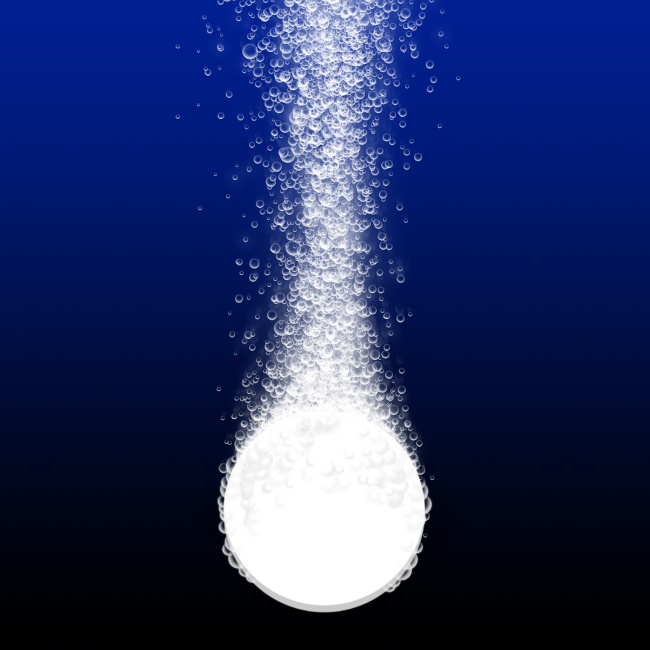
Another very popular hydration option are electrolyte tablets, which benefit from the inclusion of electrolytes (salts) of course, but in terms of their delivery of fluid to the blood, they really aren’t much better than water because they rely on a form of absorption through the intestine called ‘passive transport’.

Watch the very short video above to learn how ‘some’ glucose as well as electrolytes in your hydration product will make a significant difference to its function. Essentially, glucose and sodium molecules work together as a pump to facilitate the transport of water into the blood. This is called ‘Facilitated Transport’ and with every glucose molecule (and 2 sodium molecules), 260 water molecules are pumped into the blood. At TORQ, we always look at performance with an inquisitive and critical eye and our TORQ Hypotonic Drink product was developed specifically to deal with the limitations associated with electrolyte tablets.
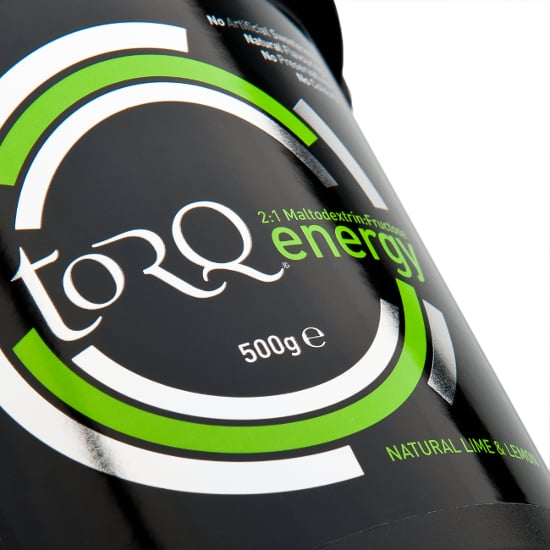
So, for the majority of your shorter exercise sessions, TORQ Hypotonic is the product for you, because it will deal with your hydration needs as effectively and comprehensively as possible. There are times when you might choose our isotonic TORQ Energy Drink instead of TORQ Hypotonic however, which will be explained in the next section.
Frequency of Exercise and Longer Session Length: Longer exercise sessions tend to be lower in intensity, so maintaining hydration is likely to be easier to deal with. These longer sessions however are more likely to require attention to fuelling, simply because endogenous carbohydrate storage within the liver and muscles is limited, as discussed in our Performance Nutrition article. To ensure optimal hydration and fuelling, follow the TORQ Fuelling System and use TORQ Energy Drink instead of TORQ Hypotonic Drink as it’s richer in energy provision whilst still maintaining strong hydration capabilities. If you’re exercising in warmer weather and perspiration rates are high, the energy intake from your TORQ Energy Drink alone is likely to be sufficient to provide the fuel you need, because you’ll be drinking plenty of it. If you’re exercising in a cooler environment however, you will also need to consider using TORQ’s concentrated fuelling units like our Energy Gels, Energy Bars or Energy Chews to cover the shortfall in energy intake.
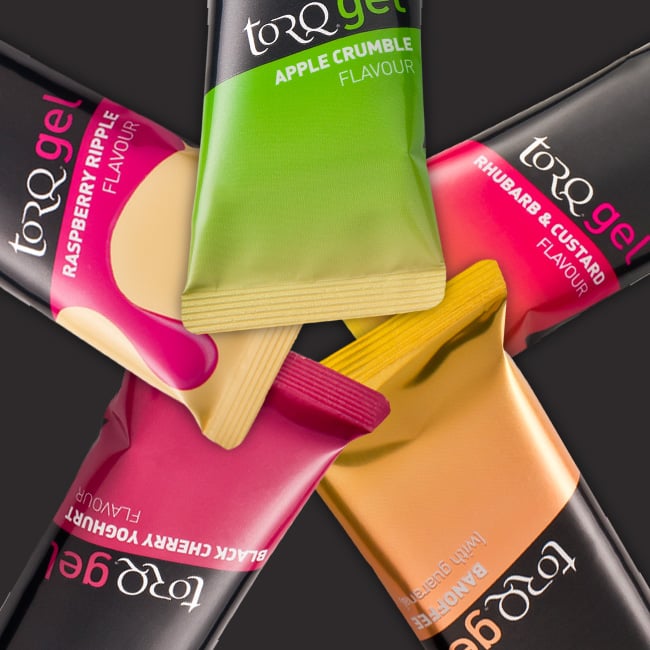
The final variable to consider is the frequency of your exercise sessions and this is possibly the area that is most heavily overlooked. You must consider your entire training load when deciding which TORQ products to use. If you’ve got a high intensity exercise session to complete lasting less than an hour, you should easily have enough endogenous stored carbohydrate available not to need to take on board any extra fuel. Therefore, all you need to do is consume TORQ Hypotonic Drink to satisfy your hydration requirements – no additional fuelling required. What about if you’ve got a block of 3 high intensity exercise sessions planned back-to-back over 3 days? Each session when viewed in isolation will only require hydration, but consider the cumulative damage these sessions might do to your endogenous carbohydrate stores. TORQ Hypotonic will get you through day 1 no problem and it might get you through day 2, but you’re likely to be hitting day 3 with very depleted carbohydrate stores and the quality of that session is likely to suffer. Simply swapping out TORQ Hypotonic Drink for TORQ Energy Drink will make a difference in this scenario. Although not optimal hydration like a hypotonic solution, an isotonic solution like TORQ Energy Drink is still very good and it has the added bonus of being richer in energy and will therefore provide more fuel for the session, sparing your muscle glycogen, leaving you fresher for the next day. Bear in mind that even with a very good diet, it can often be impossible to put back in what you’ve taken out without considering a fuelling strategy during exercise.
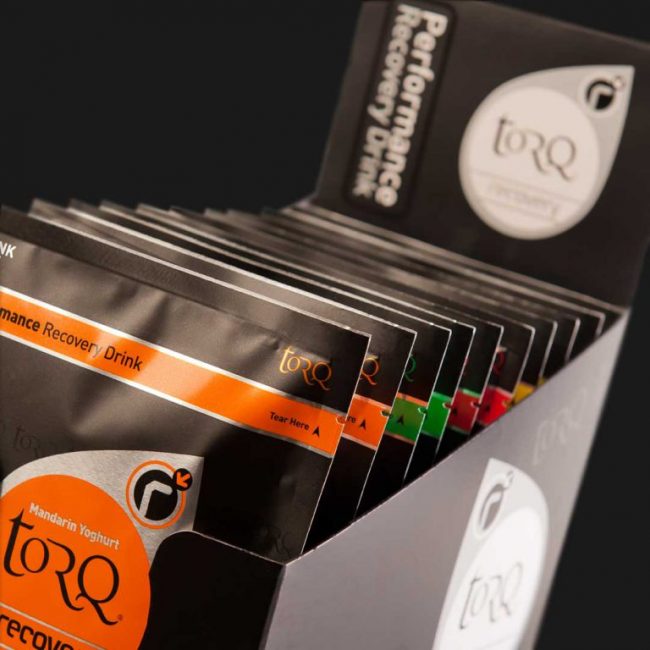
On the subject of ‘feeling fresher the next day’, one further consideration is your recovery protocol immediately after exercise. We have formulated a high performance Recovery Drink at TORQ for one simple reason – the scientific research highlights that in the short period of time after exercise has finished, the body’s engine is effectively still running, so all the enzymes and hormones responsible for storing carbohydrate and delivering protein to the appropriate sites of adaptation are more active. Aim to consume TORQ Recovery Drink within 15 minutes of exercise completion and get the nutrients your body needs ingested within this valuable window of opportunity.

The video above lasts about 5 minutes, however it’s very informative and explains comprehensively why you should be thinking about your recovery and runs through the TORQ Recovery System, designed to optimise the adaptation process. Do you need to consume a recovery drink after every exercise session you do? Certainly not. Again, asses the cumulative loading of your combined training sessions and use it as a tool to get you through tougher periods. For the serious athletes amongst you, there may well be many tougher periods – in which case you’ll need this intervention more often.
In summary, if you’re exercising twice during the week for less than an hour and you have a longer session planned for the weekend, you could simply fuel your longer weekend exercise as per the TORQ Fuelling System and consume TORQ Hypotonic Drink for both of your midweek sessions. A healthy diet containing good sources of carbohydrate surrounding these exercise sessions will replenish your endogenous stores nicely. Add another indoor session into the mix so that you’re exercising for instance Tuesday, Wednesday and Thursday and you may need a little more help. Try switching from TORQ Hypotonic Drink to TORQ Energy Drink for your weekday sessions as a starting point and consider a well-timed TORQ Recovery Drink perhaps after your Wednesday session and take it from there.
We hope that all of the information provided in these articles helps you to make the correct informed choices. If you would like to read the other articles in this series, click on one of the links below to learn more:
For further information on our Performance Products, click here. For further information on our Fitness Consultancy, click here.






